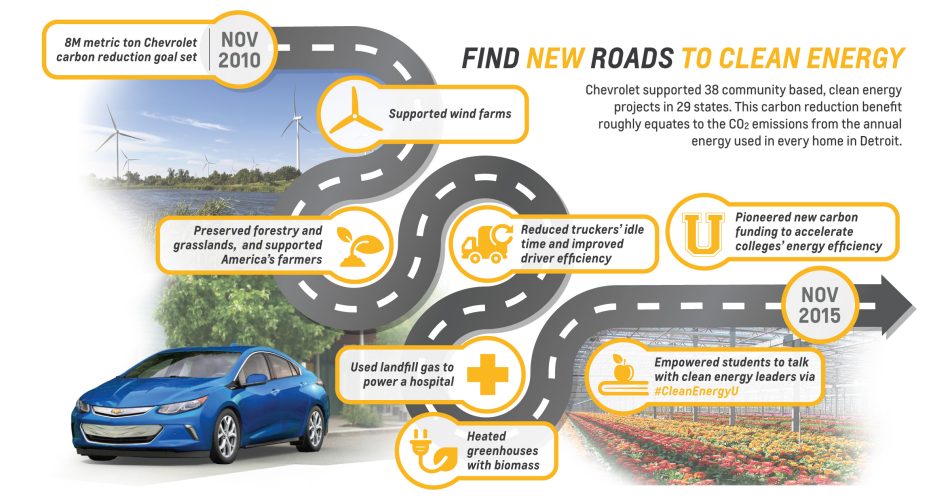Carbon dioxide is the chief culprit causing climate change. The greenhouse gas is released through a variety of human activities, including tillage, deforestation and the burning of fossil fuels. Although the gas naturally circulates among the planet’s oceans, atmosphere and plants, human activities have produced carbon dioxide in excess of what natural systems can sequester, trapping the sun’s heat in the atmosphere.
Because of the ill effects climate change has on human health, the Environmental Protection Agency classified carbon dioxide produced from the burning of fossil fuels as an air pollutant under the Clean Air Act in 2009 (along with methane and nitrous oxide). Since then, citizens, governments, and private corporations have pushed polluters to pay for their carbon emissions.
One “polluter pays” approach to reducing carbon dioxide emissions is to establish carbon markets.
How Do Carbon Markets Work?
Governments that participate in the carbon marketplace cap the total amount of carbon dioxide that a state, country or industry can emit. Industries that rely on burning fossil fuels — including the electricity, automobile and cement-making sectors — measure and report their emissions by adding up how much fuel they burn in a year and using estimates for how much carbon is locked up in each type of fuel.
A unit of carbon is usually designated as 1 metric ton. Governments assign a price per 1 ton of carbon, and then issue permits up to the yearly agreed-upon limit. Companies or governments then buy, sell, and trade these permits with each other based on the amount of carbon dioxide each needs to emit throughout the year.
In this way, carbon markets operate much like any other type of market but, instead of growing, as the price of carbon increases, governments will issue fewer permits each year — reducing total carbon emissions over time.
Nearly 40 countries and more than 20 cities, states, and provinces currently use some kind of carbon pricing system. In the United States, carbon markets operate in the Northeast and California (which has linked its market with Quebec’s for a joint effort).
Globally, one-quarter of emissions are now priced under a carbon market scheme, and this proportion is expected to rise in the coming years.
The concept especially gained momentum late last year in Paris following the United Nations’ Conference of the Parties meeting, or COP 21, where governments from around the globe pledged to take action against climate change.
The Paris Agreement acknowledges that the private sector should play an important role in reducing greenhouse gases. Beyond buying permits, corporations can pay for projects that reduce carbon emissions, such as planting trees or installing solar panels, and receive “carbon credits” to sell on the marketplace.
To this end, big companies are leading some of the largest reduction efforts.
GM’s Leadership in Voluntary Carbon Markets
One corporate success story is General Motors’ Chevrolet Carbon-Reduction Initiative. Between late 2010 and 2015, the auto company supported projects through a $40 million investment that prevented 8 million metric tons of carbon dioxide from entering the earth’s atmosphere — roughly the same emissions from the annual energy used by every home in Detroit, according to the automaker’s pressroom.

I spoke to David Tulauskas, Director of Sustainability at General Motors, about Chevy’s initiative. He told me that Chevy’s leadership in the carbon market space started with “thinking big, crazy, bold ideas for how to make one of our brands carbon-neutral.”
“At the time, the initiative was the largest voluntary carbon program. This was not a response to any policy compliance but recognition that we could help change consumer habits,” Tulauskas said.
At the same time that Chevy launched its carbon-reduction initiative, the company was introducing its gas-electric hybrid, the Volt — its first electric vehicle targeted at a mainstream audience. “We needed to change the conversation,” Tulauskas said. “Chevy was wanting to change the perception of the brand and wanted to do it in a big way that was unique.”
Tulauskas said that the emissions reduction target of 8 million metric tons also roughly equals (albeit coincidentally) the average annual emissions from Chevrolet’s entire fleet, but that “Chevy was not trying to offset its carbon footprint [with this initiative].” The introduction of the Volt — and the upcoming all-electric Bolt — will help to lower fleet emissions.
Instead, the company aimed to lead the way for corporate voluntary reductions and engage with communities directly. “We wanted to do something that had a measurable impact in the communities in which we operate that helps address climate change.” To this end, Chevy chose to retire all the accrued carbon credits to benefit the climate, instead of using them to offset emissions of its vehicles or operations.
As part of a voluntary initiative, the brand supported 38 carbon-reducing projects in 29 states. Projects included building wind farms, supporting forest and grassland preservation, and a program to increase energy efficiency on college campuses. “We worked with 11 universities across America to support their greenhouse gas reduction initiatives,” Tulauskas said.
“More than 700 universities have made commitments to offset emissions, and so many were going out and buying credits. What we did was allow them to reduce emissions while getting paid for their carbon-reduction efforts.”
For advice, Chevy pulled together a diverse group of people from a variety of backgrounds, including Bard CEP’s Director, Eban Goodstein. On GM’s Green pages, Director Goodstein highlights how innovation plays an important role in the initiative’s corporate leadership:
“If we’re serious about keeping global warming to a 2-degree rise, we need Chevrolet’s kind of leadership that has broad applicability far beyond their own operations or supply chain or their firt dozen campus projects. Chevrolet created an entirely new avenue — a new source of capital from the U.S. voluntary carbon markets — to support serious carbon reductions at all qualifying universities across the entire U.S.”

Leadership Means Learning from Your Mistakes
Patrick Nye is Senior Consultant for carbon and renewable energy at Portland, Oregon-based Bonneville Environmental Foundation (BEF) and has years experience with carbon markets, including helping to create the voluntary market in 2000 by closing the first retail Renewable Energy Certificate trade deal with the Environmental Protection Agency. Nye also advised Chevy on its carbon-reduction program and, when I spoke with him, described BEF’s role as playing a “broker of carbon credits” for the project.
“Chevy wanted an impartial third party to find the best projects. BEF offered added layers where they would evaluate the projects, provide due diligence, etc.”

Nye said that leadership in carbon markets makes room for admitting failure. When any large corporation takes on a reduction target larger than those ever attempted before, there will be a lot of learning through trial and error. Corporate leadership is about accepting the errors along with the successes — and learning from both.
“We were supporting things that were new and cutting edge, so some projects fell through,” Nye said. “Chevy was interested in supporting energy-efficiency carbon-offset production on college campuses. This was a first. [Chevy’s] is now a published methodology that any campus can use.”
Correctly Pricing Carbon is Key to Effective Markets
Nye also pointed out that a key to ensuring that carbon markets are effective in actually lowering emissions is for a ton of carbon to be correctly priced. “The carbon market is very low right now. There are not as many voluntary buyers right now and the price of carbon has bottomed out,” Nye said. “Also the competition is high.”
GM’s Tulauskas is more positive about the prospects for carbon markets, despite the low pricing, saying “[markets] are very effective at reducing carbon emissions, because every ton that is reduced is verified.”
Tulauskas points to a specific, positive example of a carbon market that has, more or less, figured out its pricing scheme. “California is a good example of a stable carbon price, between 10 and 12 dollars [per metric ton],” he said. “With a long-term plan for costs to rise, it is important to set the right market signal: If the price is too low, it supports the status quo. If the price is too high, it will be disruptive.”
Nye, too, sees California as a carbon pricing leader: “Compliance is going to drive the carbon market. For the U.S., California is pretty restrictive and will be the state driving the market. […] In time, we will hope to see more compliance symbols and that will help.”
Experts agree that pricing carbon alone will not halt climate change, but the idea is becoming an integral piece of the solution as it gains support. The Carbon Pricing Leadership Coalition, launched on the first day of COP 21, brings governments together with more than 90 global businesses and nonprofits to expand carbon pricing worldwide.
“The size of carbon markets will vary depending on how broadly the policies are applied across a country,” Tulauskas said, “but there will always be a role to play for voluntary carbon markets.”

